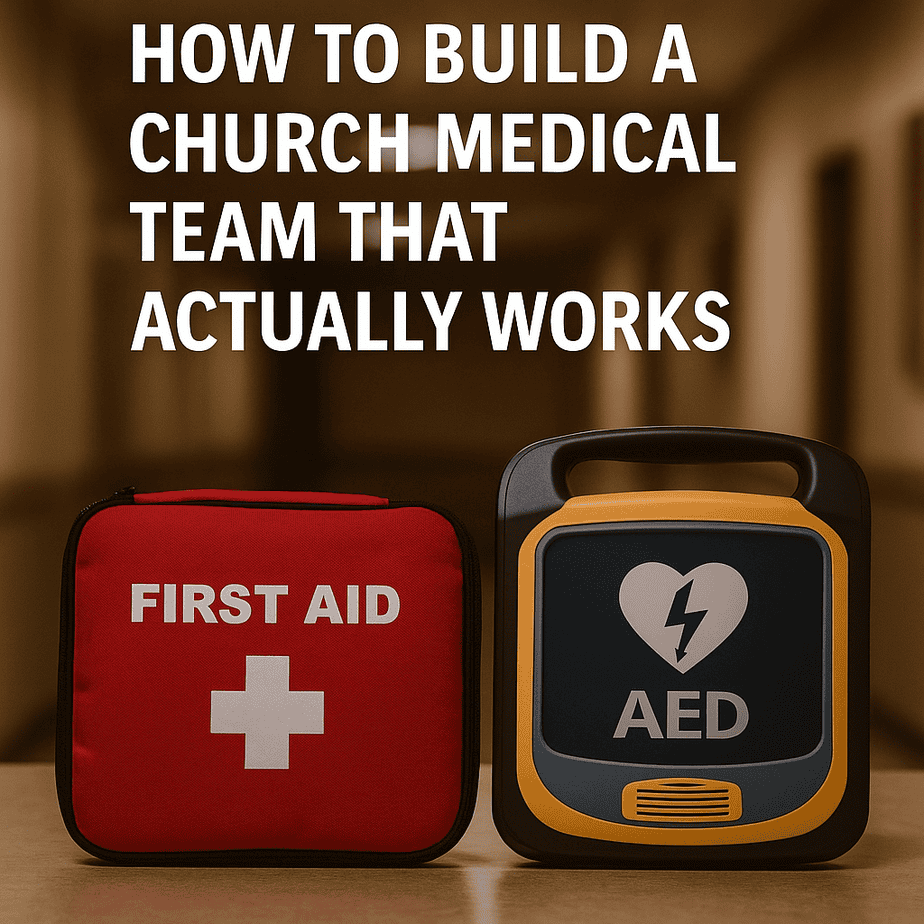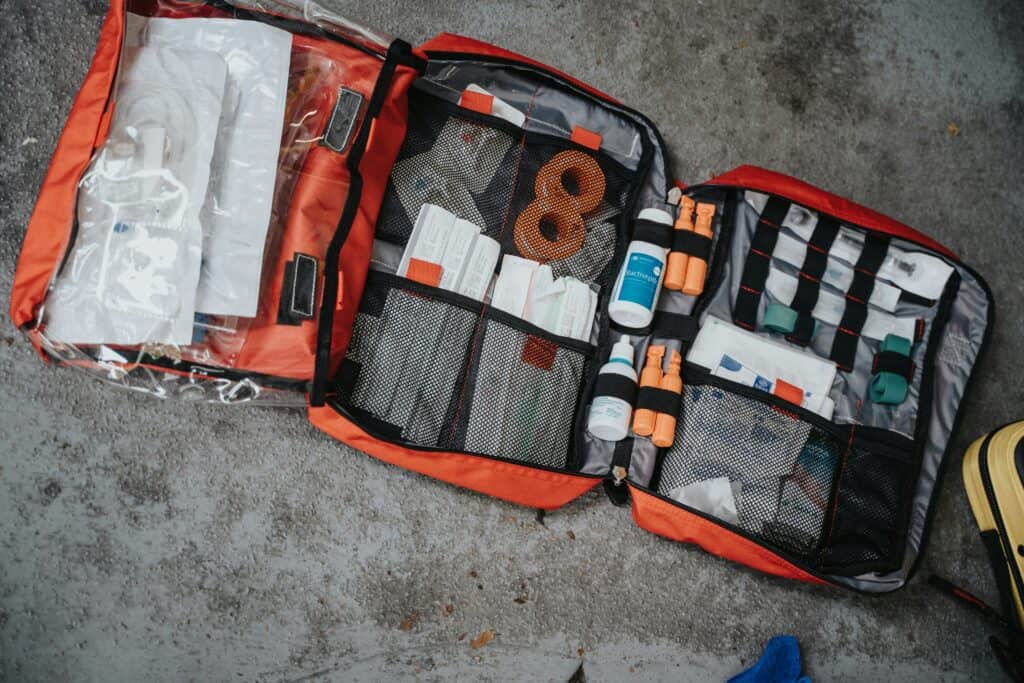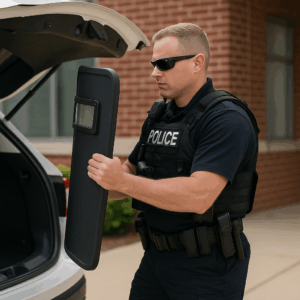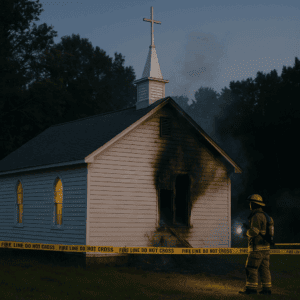Calling 911 Isn’t a Medical Plan
If something goes wrong during a service, chest pain, choking, or a fall, your team’s first move can’t just be “call 911 and pray for fast help.” That’s not a plan.
You need people who know what to do while help is on the way.
You need gear on site.
You need roles, training, and a way to document what happened.
Where Most Churches Get It Wrong
These are the gaps we keep seeing:
- No written plan – No SOP, no response protocol, no consistency. If the usual volunteer is out, everything stalls.
- No team roles – Someone calls 911. Everyone else freezes or crowds around. No one manages the scene, checks vitals, or documents.
- No training cycle – One CPR class three years ago doesn’t cut it. And not everyone needs to be a paramedic. But everyone does need to know their part.
- No gear (or it’s expired) – No AED. No trauma kit. Or the AED hasn’t been checked in six months. That’ll cost lives.
Who Should Be on a Church Medical Team?
You don’t need a trauma unit. But you need structure.
Here’s a simple breakdown that works:
- Team Lead – Someone trusted who coordinates. Usually has medical experience.
- Medical Responders – Ideally people with a background (RN, EMT, Fire/Rescue), but at least trained in CPR and Stop the Bleed.
- Runner/Communicator – Radios or calls 911, relays updates to security or the pastor.
- Note Keeper – Logs what happened, when, and what was done.
FEMA’s guide for houses of worship supports this kind of structure.
Train and Document—Or It Didn’t Happen
Don’t just “hope” your team knows what to do. Train quarterly. Run simple walk-throughs. Practice roles. Swap in backups.
And when something does happen:
- Fill out an incident report
- Record who responded
- Note what gear was used or what went wrong
That paper trail helps protect your church and makes your team better.
Need a template? Our bundle has forms for this.
Church Medical Team SOP & Emergency Response Bundle
What Gear You Actually Need
Start with this list:
- AED (and someone trained to use it)
- First Aid + Trauma Kits (not just Band-Aids—tourniquets, chest seals, gloves)
- Incident Report Forms
- Emergency Contact List
- Flashlights and radios
- Bleach wipes, trash bags, zip ties (you’ll use them)
How to Get Started
- Ask who’s already certified. You probably have a nurse, firefighter, or EMT already attending. Start there.
- Pick a lead. Not based on rank, but reliability. Someone to keep this thing running.
- Set a training schedule. CPR, AED, Stop the Bleed. Annual refreshers. Role walkthroughs every quarter.
- Write it down. SOPs, protocols, checklists, gear logs. If it’s not written, it’s not real.
Want the Shortcut?
If you don’t have time to build all this from scratch, we’ve already done it:
Church Medical Team SOP & Emergency Response Bundle
- SOPs
- Forms
- Trauma kit checklist
- Quick reference guides
- Templates you can hand to a volunteer and say, “Here’s your job.”
No fluff. No filler. Just real tools for churches that want to be ready.
Final Thought
Emergencies don’t give you time to make it up as you go. Your church medical team should know what to do before something happens, not after.
Build it now. Train them. Write it down.
You don’t need to be perfect. You just need to be prepared.








